In my first course on Electrical Engineering, we have an experiment in the Electrical lab that asks us to verify the Thevenin theorem and the Superposition theorem and cross-check our results with our calculations on paper.
Here are the circuit diagrams, straight from my lab manual.
Thevenin's theorem:
Superposition theorem:
Question:
I was asked, during my post-lab viva, to explain why the errors for the Superposition theorem were greater than those of Thevenin's. I answered saying that both theorems were dependent on the linearity of the circuits for their functioning, and the increased current in superposition theorem was heating up the rheostats and promoting non-linear behavior. However, she was dissatisfied. She said there was something more important that I was missing. I couldn't figure it out. This was months ago, and I still wonder about it but haven't been able to come up with an alternative explanation.
TL;DR Why is Thevenin's theorem more accurate than the superposition theorem, experimentally?
Note: Please forgive the incorrect labeling of the DPDTs in the first schematic. I am redrawing them.

